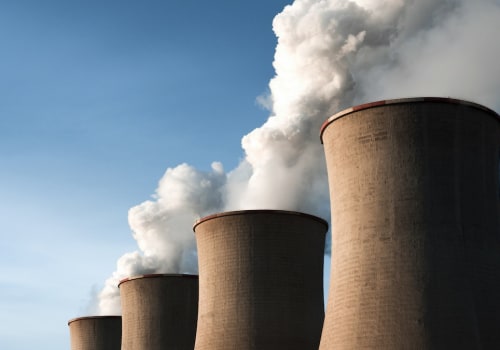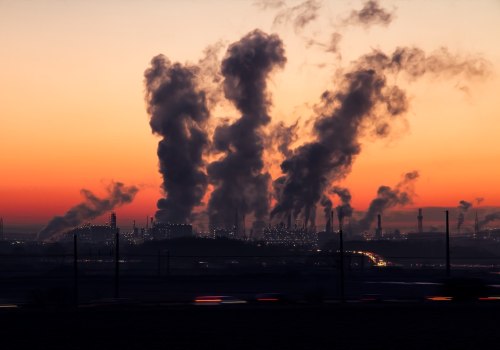As an expert in environmental policy and regulation, I have closely followed the progress of the Clean Air and Water Act over the past 50 years. Tomorrow marks the 50th anniversary of this landmark legislation, which was passed by Congress on October 18, 1972, with the goal of improving the quality of our nation's lakes, rivers, streams, and other bodies of water. In this article, I will discuss the impact of the Clean Air and Water Act and its ongoing efforts to ensure compliance and enforcement.
What is the Clean Water Act?
The Clean Water Act requires a national approach to reducing pollution in our waters. Over the past five decades, this legislation has led to significant reductions in industrial and municipal pollution, as well as improvements in wastewater treatment.However, despite these improvements, threats to water security still persist. In 2001, a map of contaminated water showed that all 50 states had recorded harmful algal blooms. These blooms can pose risks to human health and aquatic life, and they are expected to increase in frequency due to climate change and warming waters. Limited surveillance makes it difficult to detect these harmful substances in bodies of water and alert authorities to their presence.
Sources of Pollution
While point source contamination from industrial facilities and wastewater treatment plants is an important issue, diffuse sources are actually the main cause of water pollution. These sources come from runoff that carries sediment, oil, bacteria, toxins, and other contaminants from farms, yards, and paved areas.This type of pollution can harm fish and other aquatic life, cause harmful algal blooms, and contribute to ocean acidification in coastal waters. To address these diffuse sources of pollution, the EPA funds projects to protect watersheds and reduce the types and quantities of pollutants in runoff. However, our recent work has shown that the EPA needs to take stronger action, such as issuing new regulations, to better manage pollution from these sources.
Emerging Threats
In addition to diffuse sources of pollution, there are also emerging threats to our waters. Disasters such as hurricanes and floods can cause the collapse of water and wastewater infrastructure, leaving communities without access to clean water. With climate change expected to increase the frequency and severity of these events, it is crucial that we take steps to improve the resilience of our water infrastructure. As experts have warned, the key to addressing these threats is through the tools provided by the Clean Water Act.However, it may be necessary to strengthen the Act and its ability to meet its objectives set half a century ago.
The Impact of the Clean Air and Water Act
Since its bipartisan inception, the Clean Air and Water Act has played a crucial role in keeping our air clean, combating climate change, and protecting public health. For example, in Philadelphia, the Green City, Clean Waters program has used green infrastructure to capture stormwater and use it for irrigation, helping to meet the standards set by the Act. Even small bodies of water have been saved thanks to Clean Water Act grants. In Atlanta's Chandler Park, a stream that had been diverted to underground pipes and concrete channels was restored to its natural flow with natural light. Less than five years after the Clean Water Act was passed, there was a notable lack of blue-green algae in the upper part of an estuary that had been covered by it a decade earlier. The return of black bass to the river was a clear sign of improvement.The Success of the Clean Air Act
The Clean Air Act, which was passed just a few years before the Clean Water Act, has also had a significant impact on our environment.Under this legislation, new gas-fired power plants must not emit more than 1000 pounds of CO2 per megawatt hour of electricity produced. The EPA's National Ambient Air Quality Standards (NAAQS) specify levels of pollution that are considered safe for different periods of time. While there were no federal regulations in place at the time of the Clean Air Act's passage, it has since become a crucial tool in controlling major sources of air pollution. For example, Bristol Bay's extensive watershed has been protected from pollution thanks to this legislation.
Looking Ahead
As we celebrate the 50th anniversary of the Clean Air and Water Act, it is important to recognize its successes and continue to work towards improving our nation's water quality. This may involve strengthening the Act and addressing emerging threats such as climate change and new pollutants like PFAS. For more information on our work related to clean water, please visit our website.We will continue to add new reports and testimonies as we work towards protecting our nation's waters for future generations.










